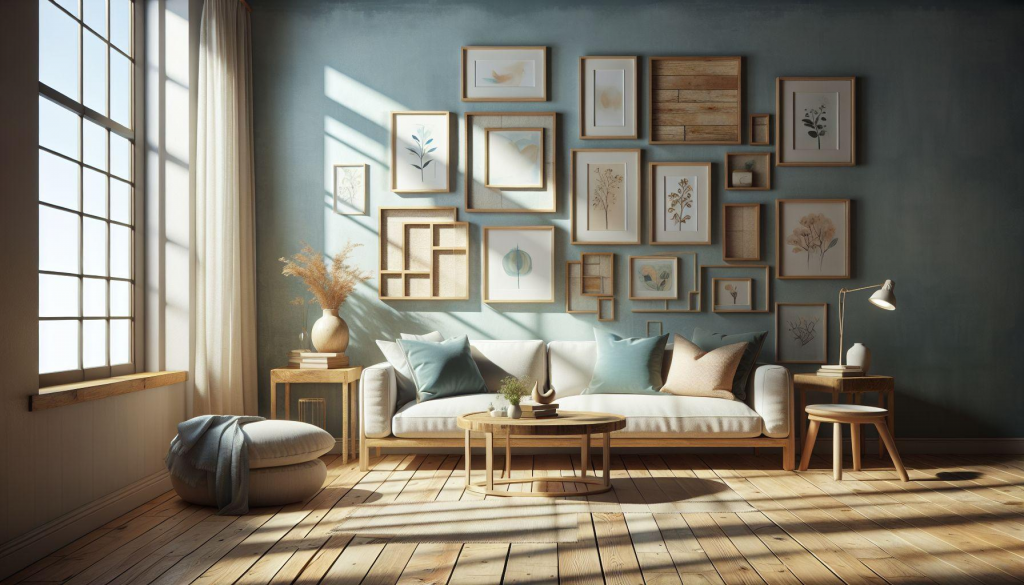
Integrating scientific principles into home interior design is more than just a trend; it’s a thoughtful approach that can significantly enhance our living environments. Understanding how elements like color, light, and materials influence mood and functionality is crucial. These elements, when combined thoughtfully, can transform a space into a haven of comfort and efficiency.
Color, light, and materials are not just decorative choices but powerful tools that shape our daily experiences. For instance, the color of your walls can influence your mood, while the type of lighting can affect your productivity. Similarly, the materials used in your furniture and decor can impact your health and well-being.
But how do we create a cohesive and aesthetically pleasing space? The concept of ‘frames‘—both literal and metaphorical—plays a vital role. Frames can refer to the actual frames around your artwork or the way different elements in a room frame your perspective and experience. By understanding and utilizing these frames, we can create spaces that are not only beautiful but also functional and harmonious.
So, how do we apply these scientific principles to our homes? Let’s explore the key elements that can help us design a space that is both functional and aesthetically pleasing.
Color psychology
Color psychology is the study of how colors affect human behavior and emotions. Different colors can evoke different feelings and reactions, making it essential to choose the right color palette for each area of your home.
For example, blue is often associated with calmness and tranquility, making it an excellent choice for bedrooms. A study by Travelodge found that people who sleep in blue rooms tend to get the best night’s sleep, averaging seven hours and fifty-two minutes of rest per night. On the other hand, yellow is known for its energizing and uplifting properties, making it a great choice for kitchens and dining areas where you want to feel more awake and alert.
But it’s not just about the color itself; the shade and intensity also matter. Lighter shades of blue can create a sense of peace and serenity, while darker shades can evoke feelings of sadness or gloom. Similarly, a bright, sunny yellow can feel cheerful and invigorating, while a pale, muted yellow might feel more relaxing.
When choosing a color palette, it’s essential to consider the overall mood you want to create in each room. For living rooms and social spaces, warm colors like red, orange, and yellow can create a cozy and inviting atmosphere. In contrast, cool colors like blue, green, and purple can create a more relaxing and serene environment.
Ultimately, the key is to choose colors that resonate with you and make you feel comfortable and happy in your space. By understanding the principles of color psychology, you can create a home that not only looks beautiful but also feels just right.




